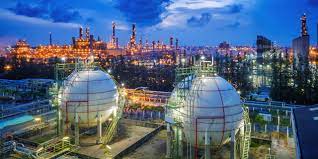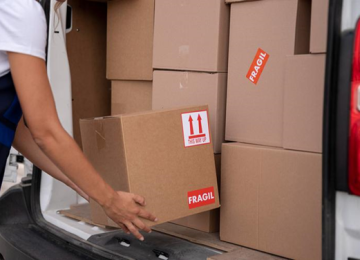Developers often prioritise price, lead time, and compliance documentation when selecting a precast supplier. Yet, despite their scrutiny, many developers still unknowingly ignore critical aspects that can impact long-term project success. However, with the increasing demand for modular construction and shorter timescales, selecting the right supplier can surely make or break a development’s budget, structural integrity, and delivery schedule.
Discover the frequently overlooked characteristics developers should consider while assessing a precast supplier in Singapore.
Lack of In-House Engineering and Design Capabilities
Some local precast suppliers merely act as manufacturers with limited engineering input. Developers who engage such suppliers may find themselves compensating for design coordination errors during installation. Ideally, a precast supplier should have in-house structural engineers and BIM (Building Information Modelling) capabilities. This team allows for early-stage clash detection, faster shop drawing approvals, and fewer site rectifications. Overlooking this capability often results in misaligned components or rework on-site, costing both time and money.
Factory Automation and Production Control
The level of automation in the supplier’s production plant is often not thoroughly evaluated. Automated precast plants ensure consistent quality, better dimensional accuracy, and reduced dependency on manual labour. Suppliers using older, labour-intensive processes may struggle with volume or consistency under tight project schedules. Developers focused solely on price may find themselves receiving panels with surface inconsistencies or dimensional variances. However, in a highly regulated construction landscape, poor quality leads to costly delays in approvals and certifications.
Track Record with Project Complexity
Not all precast concrete in Singapore is created equal—particularly considering complex architectural or infrastructural builds. Developers sometimes choose suppliers based on residential or low-rise project portfolios, overlooking whether the supplier has delivered precast for high-rise, mixed-use, or infrastructural applications. For example, curved facades, high-load bearing elements, or integration with MEP (mechanical, electrical, plumbing) features require specialised moulds and project experience. Choosing a supplier without this expertise can cause performance and aesthetic issues during construction.
Sustainability and Certification Gaps
With the region’s Green Mark and BCA’s push towards sustainable construction, developers must assess if the precast supplier meets key environmental standards. Many still overlook whether the supplier holds ISO 14001 certification, uses recycled content in aggregates, or has carbon-efficient curing methods. Failing to factor in sustainability credentials can result in losing green incentives, missing green building goals, or failing to qualify for certain projects.
ALSO READ: The Role of Cement, Granite Aggregate, and Concrete Sand in Pavement Construction
Logistical Coordination and On-Site Support
A reliable precast supplier must provide more than just delivery. Developers often underestimate the importance of logistical integration—timely sequencing, crane coordination, and proper stacking protocols. However, just-in-time delivery and minimal staging space are vital, particularly in dense urban sites like those near the CBD or MRT developments. Suppliers unfamiliar with such logistics can disrupt timelines and increase crane standby costs. Moreover, on-site technical supervision during installation is rarely requested but is essential for ensuring smooth placement and reducing installation errors.
After-Sales Accountability and Defect Rectification
After delivery, many suppliers consider their job complete. Developers often do not clarify warranty coverage or the rectification process for defects in precast concrete. Hairline cracks, spalling, or joint issues can appear months after installation, and if the supplier is unresponsive or does not have a local support team, the burden of repair falls on the main contractor. Developers should review defect liability terms and check the supplier’s responsiveness in past projects.
Conclusion
While pricing and production capacity remain essential, developers must now broaden their evaluation criteria when choosing a precast supplier in Singapore. Design coordination, factory standards, environmental practices, and after-sales support are all critical factors in ensuring smooth project execution. In an industry where margins are tight and deadlines are shorter than ever, ignoring these areas can transform a seemingly inexpensive supplier into a costly mistake.
Visit Chi Han Trading for a smarter, sharper, more seamless concrete solution.










